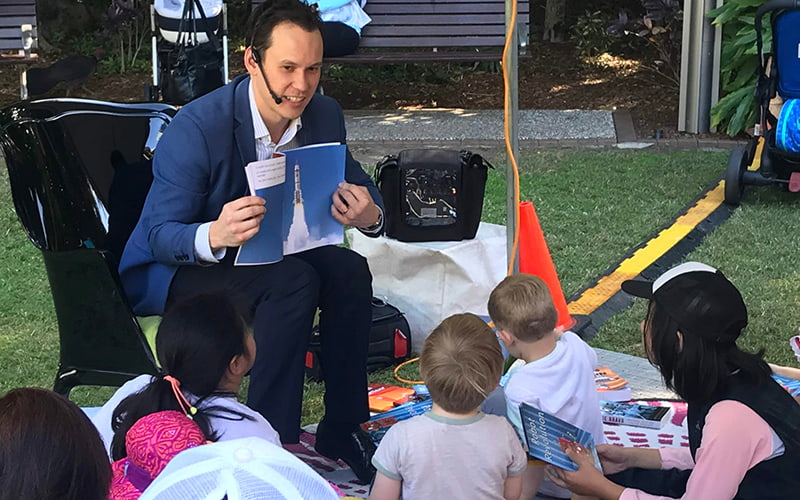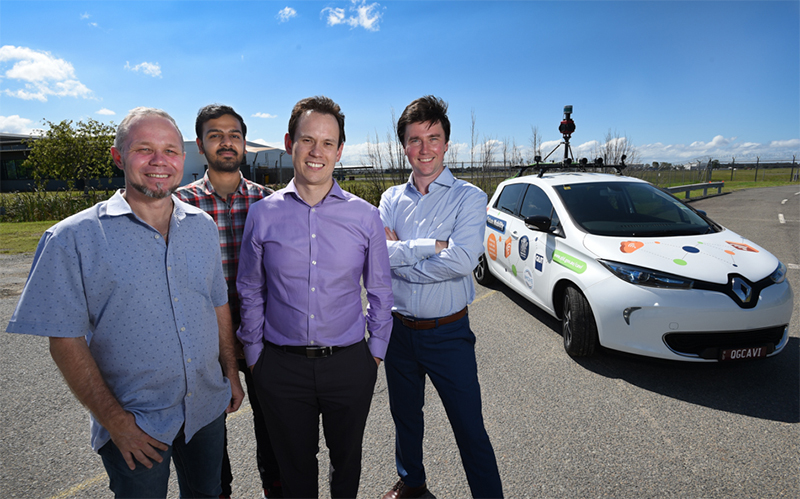'The ultimate goal is to see and understand the atomic processes that occur in materials put into extreme environments.'

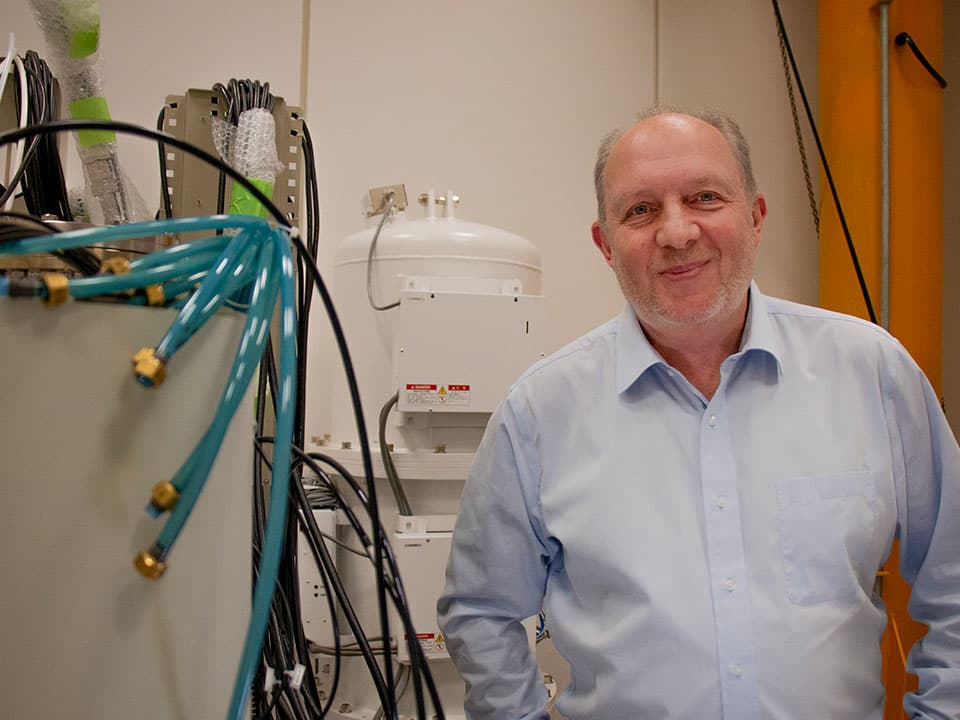
The spark
'With an electron microscope I can clearly see things that happen to individual atoms, which is the unique possibility that still fascinates and excites me. For example, when looking at materials for ultra-efficient electrodes of the future, I can see, and even video record, how ions insert themselves into materials.'
Research aim
'The primary objective of my research is to find the champion materials in each category of green energy technologies – thermoconducting, thermoelectric, structural, battery and solar materials – by undertaking deep analysis of all possible candidates in real-life harsh environments modelled inside the electron microscope.'
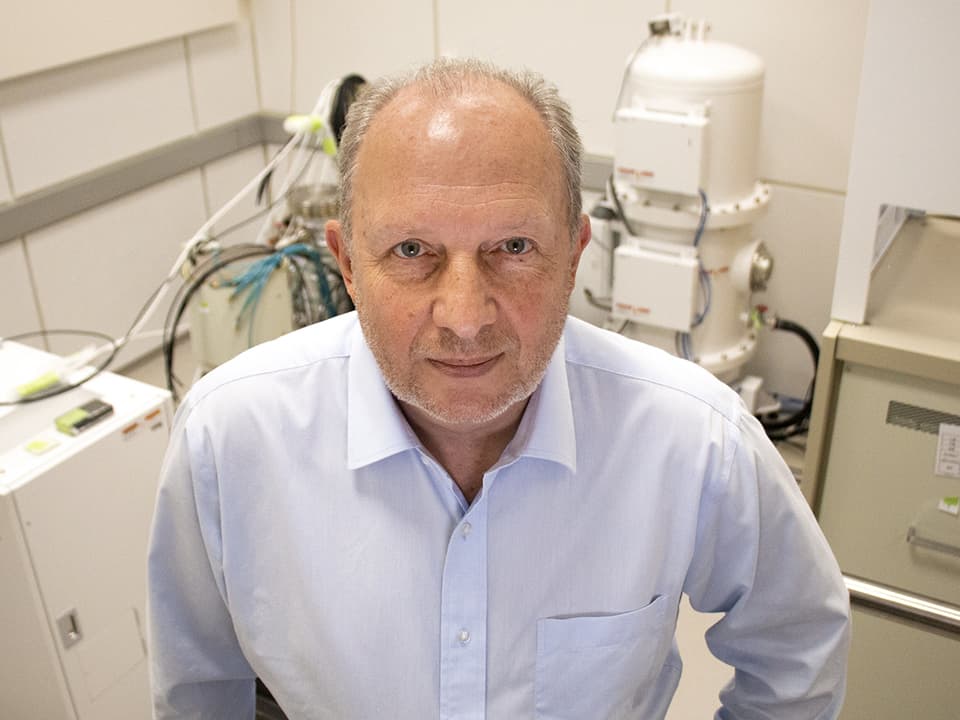
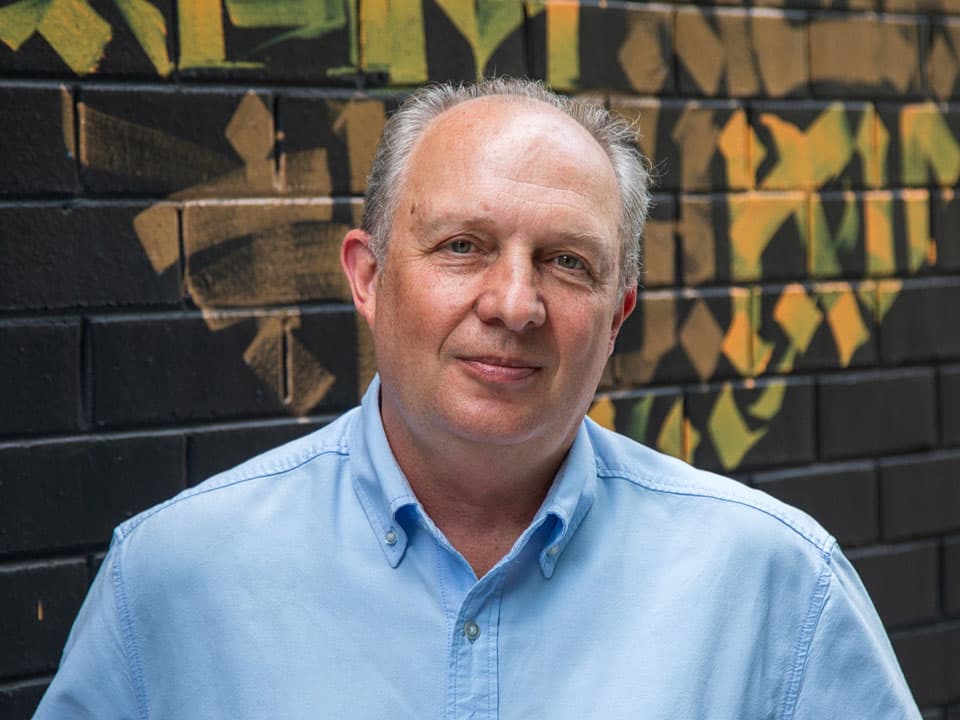
Real-world implications
'To combat climate change and to find the green energy fuels of the future, new materials effectively performing either on Earth or Space (during long-awaiting future space travels) at any extreme environments must be designed or found, developed, optimised, tested and commercialised.'
The challenge
'To reach better than 40 pm spatial resolutions (1 millionth of a human hair) and picosecond range (1 trillionth of a second) time resolution for analysis of any material and associated dynamic processes in them and to achieve a “Holy Grail” task of the Material Science –to obtain a clear undisputed relationship between the structure of a material and its function under different physical conditions.'

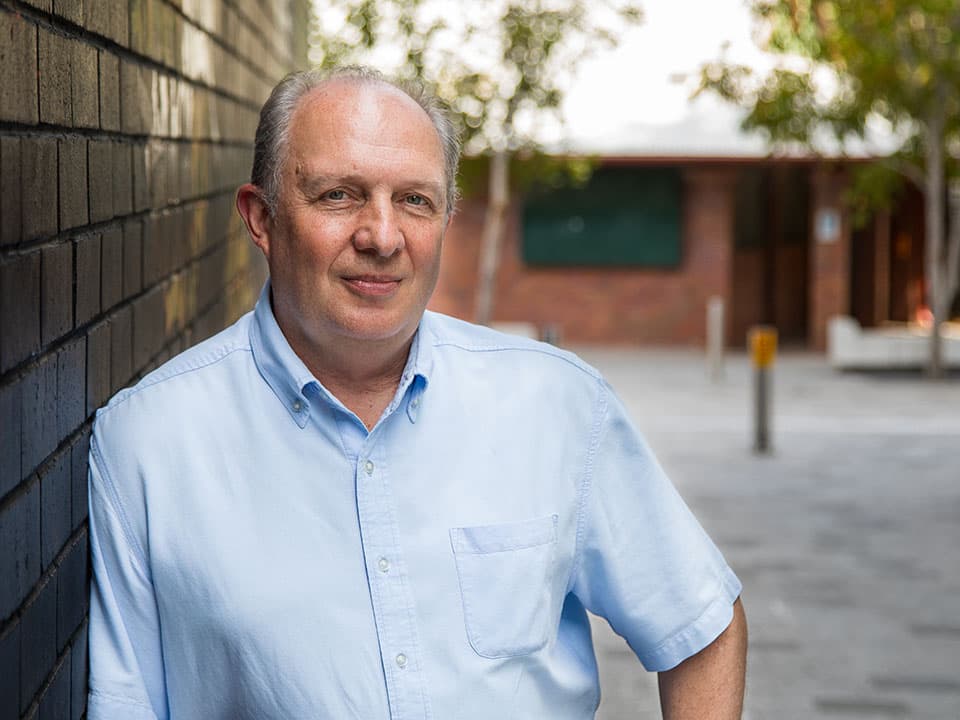
Teaching
'I am involved in teaching through supervision of PhD, master, and honours project students as well as delivering lectures in Physics units. The daily research discussion I have with my students generate new research ideas, which are important for the timely development of my top-notch research.'
Key achievements
- New analytical in situ microscopic techniques for a study of nanomaterials' electrical, thermal, optoelectronic and electro-chemical properties have been pioneered;
- A range of ultra-light and super strong aluminum-based composites reinforced with boron nitride nanotubes has been designed based on in situ mechanical tests inside the electron microscope;
- Elastic and fracture properties of booming advanced nanomaterials, e.g. two-dimensional carbides, have been unveiled at the new level of atomic resolution.
Key collaborators
Many of my group publications are the results of effective collaboration with Japanese, Russian, and German researchers. Two of the most relevant research organisations are the National Institute for Materials Science (Tsukuba, Japan) and National University of Science and Technology, Moscow, Russian Federation. Collaboration with these organisations yielded more than 30 Q1 publications in the past three years.
Key publications
Kawamoto N., Kakefuda Y., Yamada I., Yuan J., Hasegawa K., Kimoto K., Hara T., Mori T., Mitome M., Bando Y., Golberg D. “Visualizing nanoscale heat pathways”. Nano Energy 52, 323-328 (2018);
Firestein K.L., Von Treifeldt J.E., Kvashnin D.G., Fernando J.F.S., Zhang C., Kvashnin A.G., Podryabinkin E.V., Shapeev A.V., Siriwardena D.P., Sorokin P.B., Golberg D. “Young’s modulus and tensile strength of T3C2 MXene nanosheets as revealed by in situ TEM probing, AFM nanomechanical mapping and theoretical calculations”. Nano Lett. 20(8), 5900-5908 (2020);
Weng Q.H., Kvashnin D.G., Wang X., Cretu O., Yang Y., Zhou M., Zhang C., Tang D.M., Sorokin P.B., Bando Y., Golberg D. “Tuning of the optical, electronic and magnetic property of boron nitride nanosheets with oxygen doping and functionalization”, Adv. Mater. 29, 1700695 (2017);
News
Nanoscale thermal switch: one atom thick silver nanowires
In a step towards the goal of shrinking electronic devices to the molecular scale, an international team of researchers has developed a stable silver wire that is just one atom wide.
In this project, as QUT’s Professor Dmitri Golberg explains, the researchers found they had surprising success when they did not try to create a wire, atom by atom, within a vacuum.
Centre for Materials Science
The QUT Centre for Materials Science provides a collaborative environment for curiosity-driven materials research and innovation.
Our mission is to design, discover and develop advanced functional materials to solve key technological challenges.
